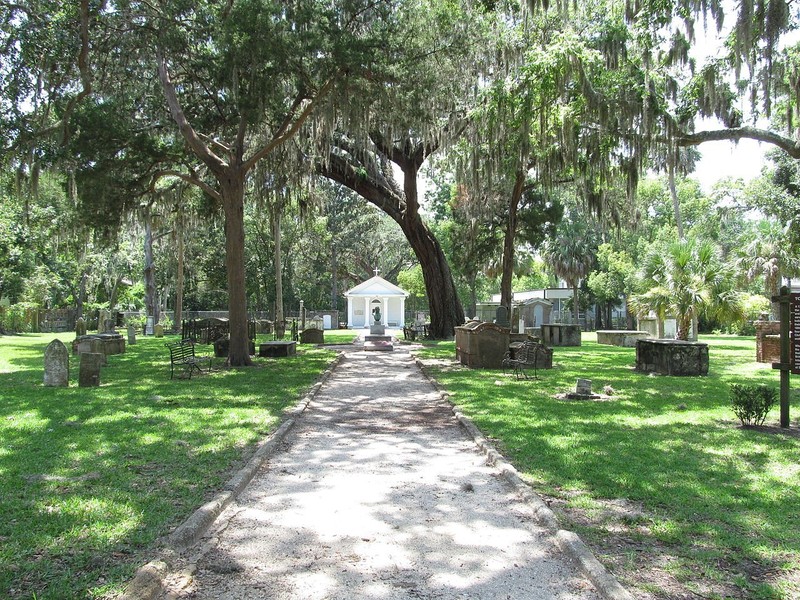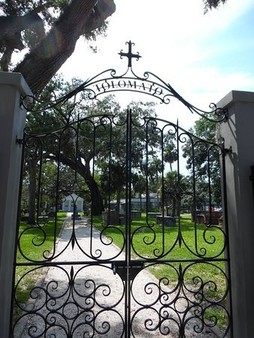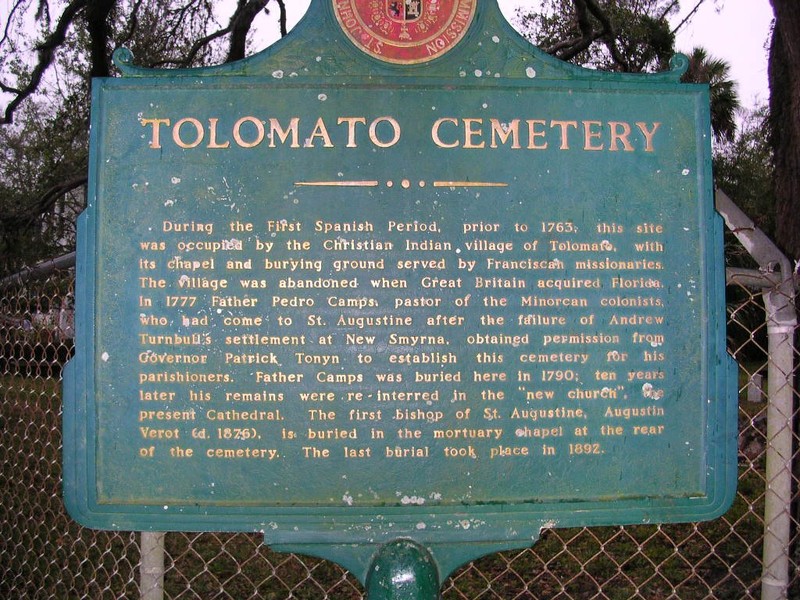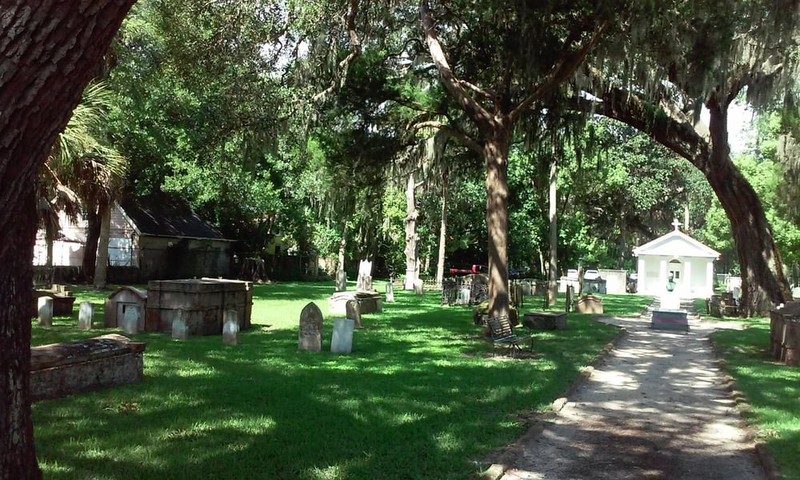Tolomato Cemetery
Introduction
Text-to-speech Audio
Tolomato Cemetery located in St Augustine, which is the oldest European city founded in Florida. The site was part of an early Franciscan and Indian mission during the early 18th century. The Indians initially came to Saint Augustine after attacks from British soldiers and hostile tribes destroyed their missions (tolomatocemetery.com). This site is located in one of the most iconic cities relevant to Florida’s history. It also included the burials of many people who played iconic roles in the early developments of Florida. Many of those people were: British, Indians, Spanish, Haitian, and American.
Images




Backstory and Context
Text-to-speech Audio
Tolomato Cemetery located in St Augustine, which is the oldest European city founded in Florida. The site was part of an early Franciscan and Indian mission during the early 18th century. The Indians initially came to Saint Augustine after attacks from British soldiers and hostile tribes destroyed their missions (tolomatocemetery.com). This site is located in one of the most iconic cities relevant to Florida’s history. It also included the burials of many people who played iconic roles in the early developments of Florida. Many of those people were: British, Indians, Spanish, Haitian, and American.
Menorcans, who are the ancestors of many Saint Augustinians were brought to Florida by British colonist Dr. Turnbull. Their main purpose was to work on indigo plantations in New Smyrna Beach, being poorly treated after years, they rebelled and came to St Augustine, accompanied by their priest Father Camps (tolomatocemetery.com). With many deceased from rebelling against the plantation authorities, Father Pedro Camps was able to get permission from British Governor Patrick Tonyn to bury the dead members of his parish at the Tolomato Cemetery. This was the start of using Tolomato only as a cemetery. (Tolomatocemetery.com). Father Camps was buried in the cemetery in 1790.
Many people from different backgrounds were buried at the cemetery, one of the most iconic people buried there was Priest Félix Varela (The Varela Chapel: A Cuban Monument in St. Augustine). Father Varela spent most of his life away from Cuba but still played a key role in Cuba’s development at the Havana college and seminary of San Carlos. He was a well-respected priest and holds one of the most famous mausoleums in Tolomato. Days before his death one of his former students found him badly ill and on the verge of dying, His former student went through great lengths to try to raise money From Cuba and New York to help, but it was unfortunately too late. He passed away in 1853. As a celebration of his legacy, they build the chapel in the back of the cemetery. The chapel was sketched by one of the members of the Cuban group, even the interior of the chapel was Cuban inspired by ordering all the furniture in the neoclassical chapel was from Cuba, it is often visited by Cubans and Scholars (Flagerpublichistory.omeka.net).
Tolomato is not only important to Florida’s history because of the famous important that lived there, but because of the diversity that lies all around the cemetery. Many soldiers from both sides of the Civil War were buried there, many minorities and people who were tormented for their beliefs lie there too. Despite all the differences those people had, many of them ended up not far from each other underground. Tolomato was the place where everyone, in the end, came together.
Cite This Entry
Reigelsperger, Diana, cedric alexis, and Amy Giroux. "Tolomato Cemetery." Clio: Your Guide to History. June 6, 2023. Accessed March 30, 2025. https://theclio.com/tour/697/7
Sources
"A Brief History of Tolomato Cemetery," Tolomato Cemetery Preservation Association. Accessed November 16, 2018. http://www.tolomatocemetery.com/history.html.
Tolomato Cemetery, "The History of St Augustine, Florida in 1 Acre," Tolomato Cemetery Preservation Association. Accessed November 16, 2018. http://www.tolomatocemetery.com.
"Varela Chapel," Flagler Public History. Accessed November 16, 2018. http://flagerpublichistory.omeka.net/exhibits/shows/latinostaug/varelachapel.

